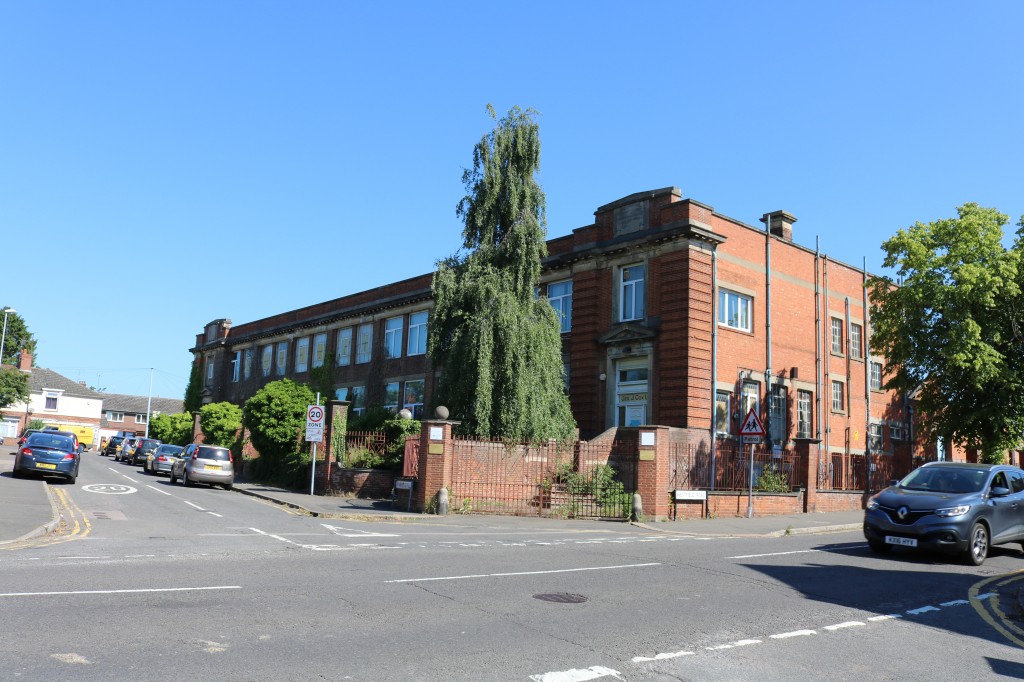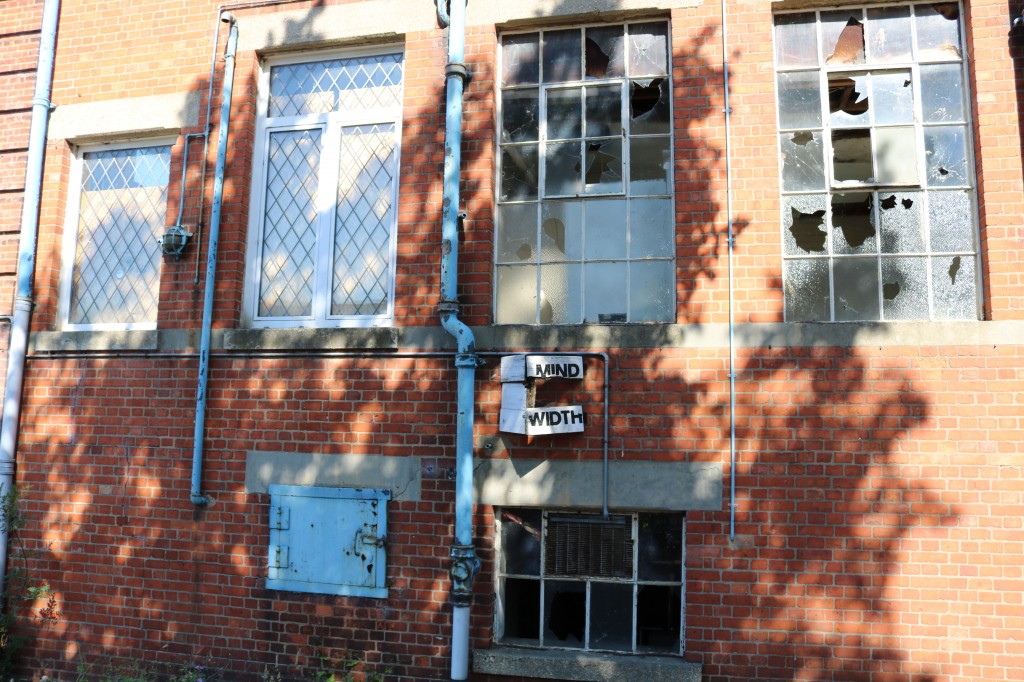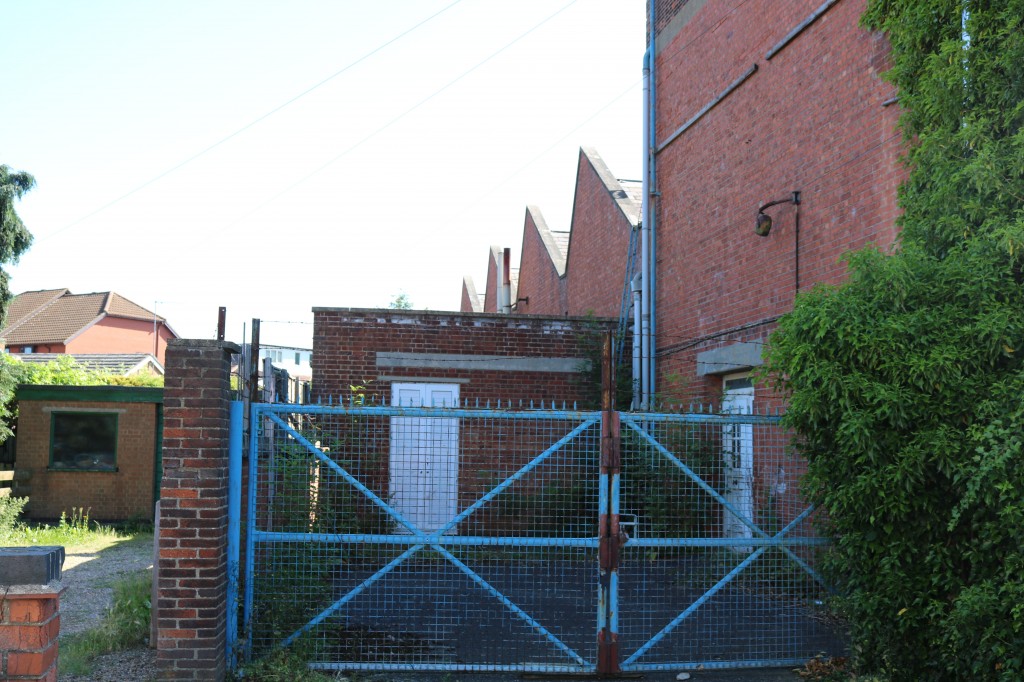I think I dislike change. Whenever a proposal to change something comes along, I have a tendency to cast a negative eye in the direction of said change and I do certainly try to resist the idea. In the vast majority of cases, I do actually end up liking the change. In the most part, change is good. It is good in the respect of giving an idea an opportunity to see it is works or does not. It ruffles feathers and occasionally disrupting the status quo can be beneficial as it re-focuses. The problem is when a system is at its pinnacle and most efficient and it is changed for change’s sake. “If it ain’t broke, don’t fix it” springs to mind but then where would we be without innovation?
For me, this cycle happens time after time yet I still don’t always embrace change immediately with hesitation usually arising. This brief moment of doubt is what makes me, me. It is usually incredibly brief though.
A “change” popped up on my radar a few weeks ago and here I shall explore my thought processes. Unlike changes which take seconds to process – with the traditional cycle of anti-that and then soon after pro-this, this change took a little bit longer. I cannot remember exactly how I found out. It was through a blog post. I have a feeling it was on the Google Home screen where it comes up with possible articles of interest. The article on Jonathan Hornett’s (who I have campaigned with against TTIP) blog and was entitled “George Cox Shoe Factory to be Demolished”. Horror stuck as for the very first time, I was reading that this beautiful historic, building was about to be demolished in only a few days’ time. I subsequently took my camera down on the next beautiful, sunny morning and captured these shots before the upcoming change.
For decades (I am 24), I have gone past this building. As a youngster I was driven past and then for the past few years this has been my cycling route to the gym. This building has always been there but I have never really closely examined it. I know the curator of Wellingborough Museum which was also a George Cox’s shoe factory so briefly aware of this building’s history. Taking the above photos gave me the opportunity to look closely at it. The last photo shows the sloped roofs where workers assembled the shoes. History happened here. People worked in the factory for, I believe, 100 years – they laughed, they moaned, they cried, they gossiped.
I was angry. How could this change happen? A piece of history would be taken away. Rather than let things be, I decided to find out why.
I was aware that the Borough Council of Wellingborough is currently undergoing the implementation of a new planning document called “The Plan for the Borough of Wellingborough” (PBW). In brief, this document will be part of the local plan, along with the North Northamptonshire Joint Core Strategy (JCS) and both will replace the Town Centre Action Plan (2009) and the Borough of Wellingborough Local Plan (1999-2004). The PBW will incorporate any Site Specific Proposals which were mentioned in their own document after consultation back in 2010. I found the Site Specific Policies in the emerging draft of The Plan for the Borough of Wellingborough. Section 10.2, George Cox Shoes, 46 Westfield Road notes,
“The factory is part of the historic fabric of the town and adds to the character of the local area. It is one of few of this type of factory buildings left in the area. It is therefore considered to be a local historic asset. All reasonable attempts should therefore be made to retain the main factory building, together with the boundary walls and railings.”
This plan goes on to suggest there could be a development on the hard standing and the factory could be converted for residential use. I hoped that the demolition news was just a mistake.
Alas, there was not. With comments above stating it adds to the “character of the local area” I wondered if there was any listing on the building or the area but a quick search of Historic England confirmed there was not. My efforts, of course, were futile as I knew with any mention of development, or more specifically of demolition, there would already have been an enormous investigation by the applicant and this evidence would have been submitted to the Borough Council’s planning portal. From Highways England surveys of the area, to an in-depth archaeological report, this decision and change has certainly been thoroughly weighed up.
Even so, I was disappointed because of the contradiction. In the Plan for the Borough of Wellingborough, it specifically mentions this building as one which should be protected noting it is a “local historic asset” and even states it is part of “the historic fabric of the town and adds to the character of the local area”. These are not loosely passing comments but set in written words in a separate section of the all important Plan! It seems that the words in this document did not hold enough on their own. Without having the building formally listed, any change can occur.
On a side note, I want to state here how much I appreciate the planning system. Clicking here will take you to the Wellingborough Planning Portal for this application. It is difficult to get planning through and so it should be. It is rigorous and meticulous. It makes sure there is no over-development or development not akin to the area in question and importantly it makes sure the proposal is safe in itself, for the wildlife in the area and for the surroundings. I comment my appreciation without ever having had the need to submit a planning application myself. I doubt I would be showing any appreciation if I wanted to build a house or extension and it went on and on for months and in some cases years.
The need for housing, and particularly retirement and care homes is present in Wellingborough as it is in many places up and down the country. The current owner has had the factory dormant for many years. I suggest the structure would have needed to be checked, and windows, and everything else repaired if anyone were to move in. If this plan were not to go ahead, the current owner would, I imagine continue to let the factory fall into further disrepair. Although to my eye, I could see history and it filled me with wonder I do imagine that for residents who live close by, seeing smashed windows, and sprawling weeds, this proposal may come as a welcome change.
On paper,the plan looks very good, with 45 apartments as retirement homes and numerous apartments on the open market. My only concern is where will people put their cars. To me, there looks insufficient parking. As mentioned, I cycle this route to the gym and if anymore cars find their way on to Westfield Road, it might as well be closed to through-traffic and made into a car park.
So yes, the above mentioned cycle did happen – there was change, I hated it and I opposed it initially. But I came round – albeit after a bit of while.
Change.
Thanks for reading. Or listening.
Samuel.
EDIT: Rosebud Dolls – Historic Building Recording – June 2017
EDIT: Before being George Cox’s Shoe Factory, this was the Rosebud Mattel toy factory. Thanks to Mark Partridge for sharing this YouTube video on the Wellingborough Now & Then facebook group:



